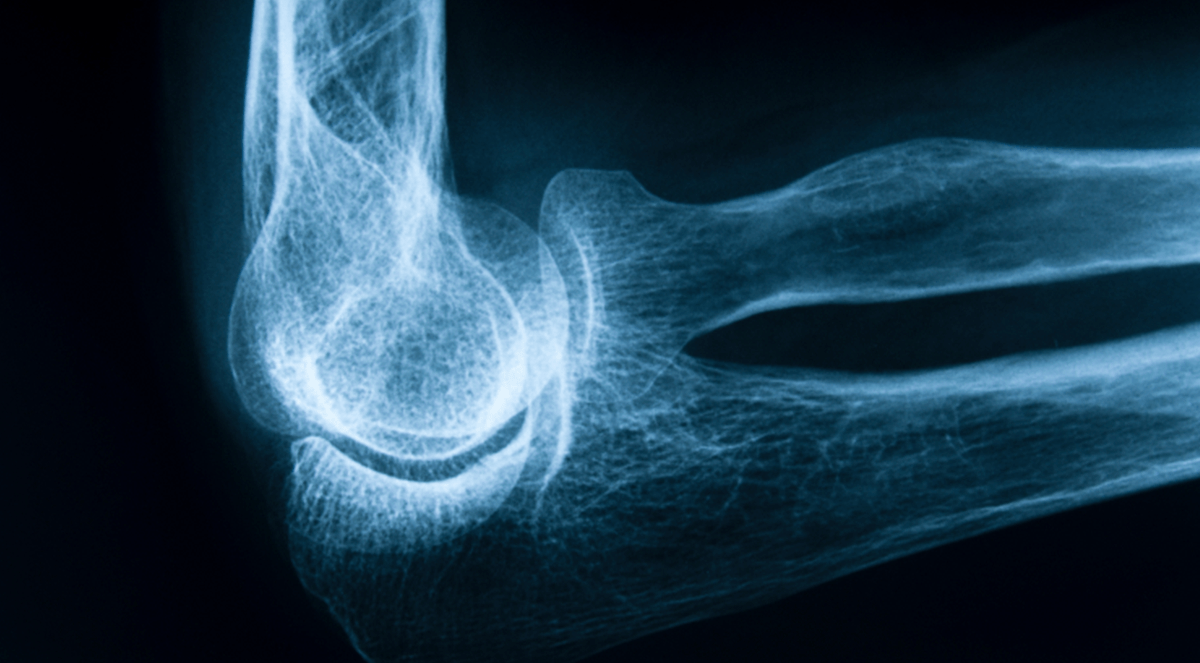A single dose of zoledronic acid administered at ART initiation prevented ART-induced bone loss through the first 48 weeks of ART, the period when ART-induced bone loss is most pronounced according to a study published online May 18 in Clinical Infectious Diseases.
Abstract
Background: HIV infection and antiretroviral therapy (ART) are associated with bone less leading to increased fracture rate among HIV-infected individuals. ART-induced bone loss is most intesnse within the first 49 weeks of therapy, providing a window for prophylaxis with long-acting anti-resorptives.
In a phase 11, double-blind, placebocontrolled trial, we randomized 63 non-osteoporotic, ART-naïve adult HIV-patients initiating ART with atazanavir/ritonavir+tenofovir/emtricitabine to a single zoledronic acid (ZOL) (5mg) vs. placebo (PL) to determine the efficacy of ZOL in mitigating ART-induced bone loss . P lasma bone turnover markers and bone mineral density (BMD) were performed at weeks 0, 12, 24, and 48 weeks . Primary outcome was change in C-terminal telopeptide of collagen (CTx) at 24 weeks. Repeated-measures analyses using mixed linear models were used to estimate and compare study endpoints.
Results: The ZOL arm had a 65% reduction in bone resorption relative to the PL arm a t 24 weeks (0.117 ng/ml vs. 0.33 8 ng/ml, p<0.001). This effect of ZOL occurred as early as 12 weeks (73% reduction, p<0.001) and persisted through week 48 (57% reduction, p<0.001). The ZOL arm had an 8% higher lumbar spine BMD at 12 weeks relative to the PL arm [p=0.003 ], and remained 11% higher at 24 and 48 weeks . Similar trends were observed in the hip and femoral neck.
Conclusions: A single dose of ZOL administered at ART initiation prevented ART -induced bone loss through the first 48 weeks of ART, the period when ART -induced bone loss is most pronouncedaccording to a study published online May 18 in Clinical Infectious Diseases. Validation of these results in larger multicenter randomized clinical trials is warranted


